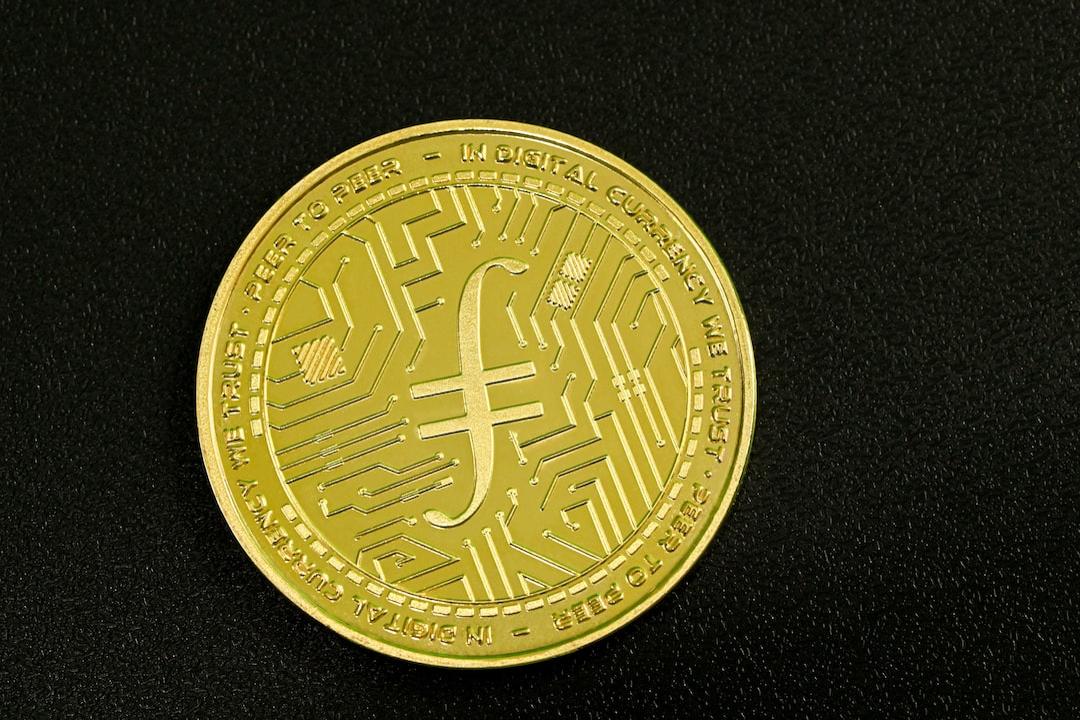Early Bitcoin entrepreneur Charlie Shrem announced yesterday that he is working to revive the BTC “faucet” concept by 2025. This article takes you through the historical significance and current challenges of Bitcoin faucets.
(Background: Is Jensen Huang buying Bitcoin? The market speculates that Nvidia is considering “acquiring BTC” as part of its AI strategy. How credible is this?)
(Background: U.S. non-farm payrolls exceeded expectations in April! Bitcoin approaches $98,000, and the S&P 500 sets a 20-year record with nine consecutive gains.)
The concept known as “faucet” has played an important role in the early days of Bitcoin (BTC) in the history of cryptocurrency. This concept originated in 2010, when users could receive 5 bitcoins for free by solving a simple CAPTCHA. At that time, this reward was worth less than a cent, but today it is worth nearly $500,000!
Fifteen years later, early Bitcoin pioneer Charlie Shrem is attempting to revive this legendary concept.
The Original Faucet: A Starting Point for Promotion and Enlightenment
The original “Bitcoin faucet” was established by Gavin Andresen in 2010, and its core design concept was as a promotional tool. Andresen understood that, in the early stages of Bitcoin, acquiring BTC through purchase or mining was complex and required technical expertise for the average user. To overcome this barrier, he created a website to distribute bitcoins for free to users who completed simple CAPTCHA challenges. He initially funded the faucet with 1,100 BTC, aiming to organically expand the Bitcoin network.
This strategy proved to be remarkably effective: thousands of early users were introduced to Bitcoin through the faucet, learning how to create wallets and conduct transactions. This was crucial for expanding Bitcoin’s user base and network activity, laying the foundation for its early development.
Challenges and Decline Over Time
However, as time passed and Bitcoin’s price skyrocketed, the operational model of the original faucet faced severe challenges. The initially generous distribution of 5 BTC to each user became unsustainable, and the reward amount had to be gradually reduced. At the same time, transaction fees on the Bitcoin network increased, raising the cost of distributing small amounts of Bitcoin.
Ultimately, due to these economic factors, the original faucet and other similar services gradually declined and ceased operations. Nevertheless, the early faucets left a profound cultural mark in cryptocurrency history, vividly demonstrating the significant impact of time on the value of crypto assets.
Charlie Shrem’s Revival Attempt and Contemporary Challenges
Today, early Bitcoin entrepreneur and founding member of the Bitcoin Foundation, Charlie Shrem, is attempting to revive this historically significant concept. He recently announced a new project called 21million.com, with a website design intentionally mimicking the original faucet page created by Gavin Andresen in 2010, evoking a sense of nostalgia.
Working on getting the bitcoin faucet going again athttps://t.co/mHkgSR6H41
— Charlie Shrem (@CharlieShrem) May 4, 2025

As of today (6), the website has not yet officially launched, displaying “0 Bitcoin available to claim,” and the CAPTCHA verification mechanism is not yet activated.
According to reports, Shrem is utilizing AI-assisted “vibe coding” to develop this project, aiming to emphasize community engagement and recreate the spirit of early Bitcoin culture. However, in the contemporary environment where Bitcoin’s value is high and transaction fees are relatively elevated, designing a sustainable faucet that can effectively distribute small rewards presents a core challenge.
Exploring the Path to Bitcoin Adoption
Charlie Shrem’s attempt to restart the Bitcoin faucet is not only a tribute to early Bitcoin history but also raises questions about how to continue promoting Bitcoin adoption in the contemporary environment. Although today’s cryptocurrency ecosystem is entirely different from that of 2010, with high prices and transaction fees posing significant challenges to similar free distribution models, and numerous user-friendly trading platforms already existing in the market, the spirit of “faucets” represents the value of lowering barriers and encouraging experimentation.
Regardless of the form it takes, exploring ways to effectively attract new users and promote broader adoption of Bitcoin remains an important issue for the ongoing development of the industry.

Related Reports
Breaking News: Arizona Governor “vetoes Bitcoin reserve bill”: Virtual currency is an unverified investment…
Vitalik: Ethereum is overly complex; L1 should simplify to “close to Bitcoin” level within five years.
Bitwise predicts “four major U.S. brokerages” will launch Bitcoin ETFs by the end of the year. Is the true bull market of public crypto trading here?

